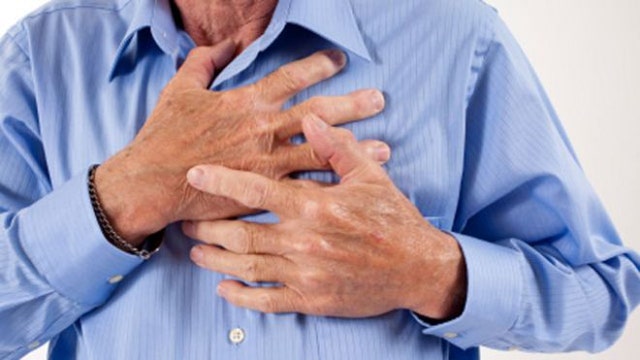CDC: 1 in 4 heart disease deaths are preventable
Report raises big questions about how symptoms are screened and treated
Cardiovascular disease is the leading cause of death in the United States and claims the lives of approximately 800,000 Americans each year. However, more than 200,000 of these deaths from heart disease, stroke and high blood pressure are preventable, according to a first-of-its-kind analysis by the Centers for Disease Control and Prevention.
Researchers analyzed mortality data from the National Vital Statistics System from 2001 through 2010 in order to identify deaths from cardiovascular disease that could have been avoided through preventative health care or timely treatment of existing conditions.
Although overall death rates from preventable cardiovascular disease declined by 29 percent during that time period, researchers saw large variations based on demographics and geography. For example, African Americans experienced nearly twice the rate of avoidable death from cardiovascular disease as whites.
Preventable cardiovascular deaths are also disproportionately high among persons living in the South. And even within states, researchers saw wide variations in death rates from county to county – influenced at least in part by the local economy, dietary habits and exercise levels.
"It's unfortunate, but your longevity may be more likely to be influenced by your zip code than by your genetic code," said CDC Director Dr. Tom Frieden.
Although persons under the age of 65 had lower mortality rates than those between the ages of 65 to 74, they demonstrated less improvement than their older counterparts during the nine-year study period and accounted for 56 percent of avoidable deaths from cardiovascular disease.
Access to Medicare, and the preventative screenings it covers, may explain the greater improvement among persons 65 and older, researchers said.
The study recommends improved national, state and local health initiatives, not only to improve the delivery of health care, but to promote healthy behavior – such as encouraging people to control their high blood pressure, cholesterol and diabetes, quit smoking and eat healthier foods. Public health officials also recommend community improvements such as sidewalks, bike lanes and improved access to fresh fruits and vegetables and other healthy foods.

